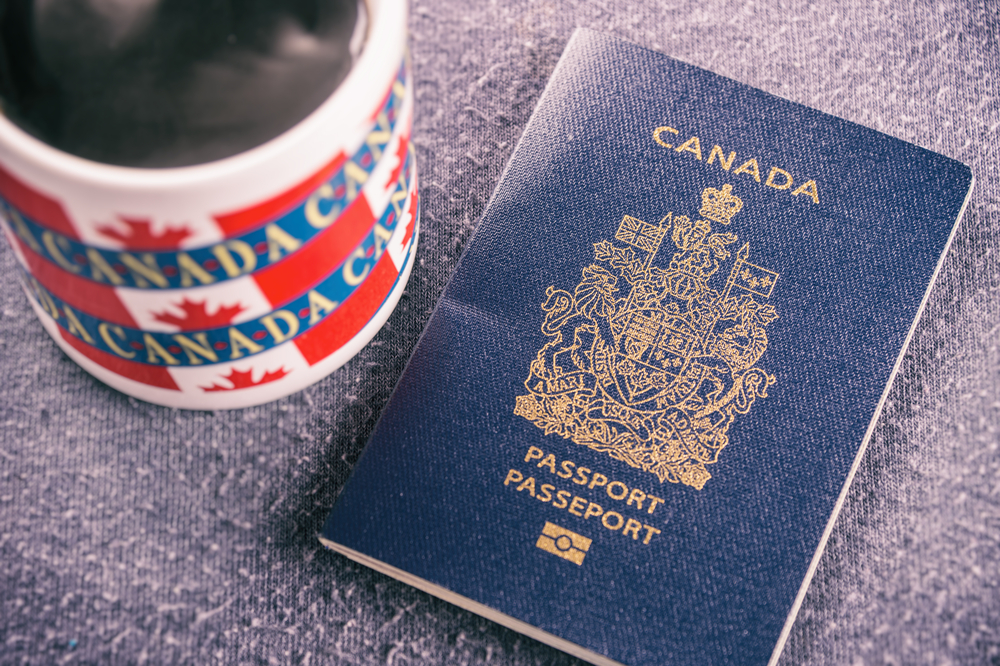Even with the current crisis still playing, it appears as though Canada still feels the pull towards encouraging the pursuit of full citizenship status for its immigrants. Yet with the travel restrictions still looming, there are some tough challenges that remain in place. But the determination is firm, and it appears that Canada is not easily deterred in continuing progress towards their goals.
Enter the Express Entry draw, the initiative that begun with Immigration Minister Marco Mendicino as part of an effort to improve international relations for Canada. The is sprang as an incentive to encourage immigrants already residing in Canada to apply for Canadian citizenship as quickly as possible. The program works both ways: it gives those coming from other lands a fair chance to start all over again while allowing Canada the opportunity to boost its economy. The target goal is to attract 401,000 applicants, and Canada has taken creative measures in the pursuit of that goal.

Paving the Way Towards a Free Immigration Assessment
In pre-pandemic times, Canada boosted participation efforts by inviting as many as 3,500 candidates to enter the Express Entry draw. Initial requirements were rather stringent, however, as they required a minimum CRS score of 470. All of that began to change as the nation watched the global events unfold, along with their subsequent economic impact. It appeared as though Canada itself was non-exempt, and it had to act to boost all regional economies. Soon, the restrictions loosened considerably, and the main requirement was a minimum CRS score of 75 to get in.
Reasons for the Express Entry Draw: Why the IRCC Felt it Was Necessary
Attracting new residents works like advertising, in some ways. And that’s mainly due to the fact that government in itself is a business, and should be looked at as such, to a degree. Yet the way to bring new people into any country is to simply welcome them. At times, this may be challenging, but it is doable and requires creative thinking that yields innovative solutions on behalf of government leaders.
Case in point: Lowering CRS scores radically was one innovative step in the right direction. Now, Canada has the ability to increase participation by a wide factor of roughly 90% of the candidates in the Canadian Experience Class, or the CEC. These are mainly people who relocated and settled into Canada prior to the global pandemic, which boosts their eligibility by an even greater margin than before.
Each candidate is offered an ITA, or an Invitation to Apply. Then, an extensive and arduous process follows that involves massive amounts of documentation, thorough background checks, and intense health screenings. Then a physical profile is collected through a biometrics system which identifies facial features, height and weight, and includes a fingerprint analysis. Plus, any unique attributes such as scars, marks, or tattoos are collected and stored inside the government database for future reference.






